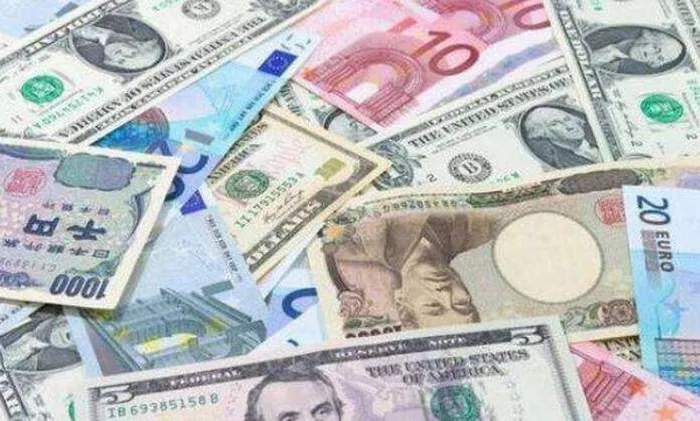In recent years, many investors and analysts have been closely watching the performance of the Australian dollar (AUD) and the US dollar (USD). Both currencies are major players in the global financial market, with the AUD being the fifth most traded currency and the USD being the most dominant reserve currency in the world. In this article, we will explore whether the Australian dollar is currently stronger than the US dollar.
Overview of the Australian and US Economies
Before we delve into the comparison between the AUD and USD, it is important to have a general understanding of the economies of both countries.
Australia is a resource-rich country with a highly diversified economy. It has strong industries in mining, agriculture, tourism, and education. The country has enjoyed steady economic growth over the years, and its GDP per capita is one of the highest in the world. Australia is also known for its stable political environment and prudent fiscal policies.
On the other hand, the United States is the largest economy in the world, with a highly developed and diversified economy. It has a vast industrial base, a well-developed service sector, and is home to some of the largest corporations in the world. The US is also a leading innovator, with a strong focus on technology and research. However, the country faces challenges such as rising inequality, political polarization, and an aging population.
Factors Affecting Currency Strength
There are several factors that can affect the strength of a currency. Some of these factors include:
1. Interest Rates: Higher interest rates tend to attract foreign capital, which increases demand for a currency and strengthens it.
2. Economic Growth: A country with robust economic growth tends to be more attractive to investors, which can lead to an increase in demand for its currency.
3. Inflation: High levels of inflation can erode the value of a currency, while low levels of inflation can increase its value.
4. Political Stability: Countries with stable political environments are generally more attractive to investors, which can boost demand for their currencies.
5. Trade Balance: A country with a trade surplus (exports exceed imports) will usually have a stronger currency, while a country with a trade deficit (imports exceed exports) may have a weaker currency.
Comparison of AUD and USD
Now let’s look at how the AUD and USD have performed against each other in recent years.
In 2021, the AUD was one of the best-performing currencies among major currencies, rising by around 9% against the USD. This was largely due to several factors, including:
1. Strong Economic Recovery: Australia’s economy recovered faster than expected from the pandemic-induced recession, thanks to its effective handling of the virus and strong fiscal stimulus measures.
2. Higher Commodity Prices: Australia is a major exporter of commodities such as iron ore, coal, and natural gas, and higher commodity prices have boosted the country’s terms of trade, which has helped strengthen the AUD.
3. Interest Rates: The Reserve Bank of Australia (RBA) has kept interest rates at record lows to support the economic recovery, but it has signaled that it may raise rates earlier than expected due to higher inflationary pressures.
On the other hand, the USD has been weaker than usual due to several factors, including:
1. Loose Monetary Policy: The US Federal Reserve has kept interest rates at near-zero levels and has continued to purchase large amounts of assets through its quantitative easing program, which has weakened the USD.
2. Political Uncertainty: The US has faced political uncertainty in recent years, including the controversial 2020 presidential election and the storming of the US Capitol building in January 2021. These events have raised concerns about the stability of the US political system.
3. Trade Deficit: The US has had a persistent trade deficit for many years, which has put downward pressure on the USD.
Conclusion
Based on recent trends, it appears that the Australian dollar is currently stronger than the US dollar. However, currency strength is dynamic and can change quickly based on various factors, including economic data, geopolitical events, and changes in monetary policy.
Investors who are interested in trading the AUD and USD should consider these factors carefully and monitor developments closely. It is also important to have a well-diversified portfolio that includes exposure to different currencies and asset classes to manage risk effectively.


